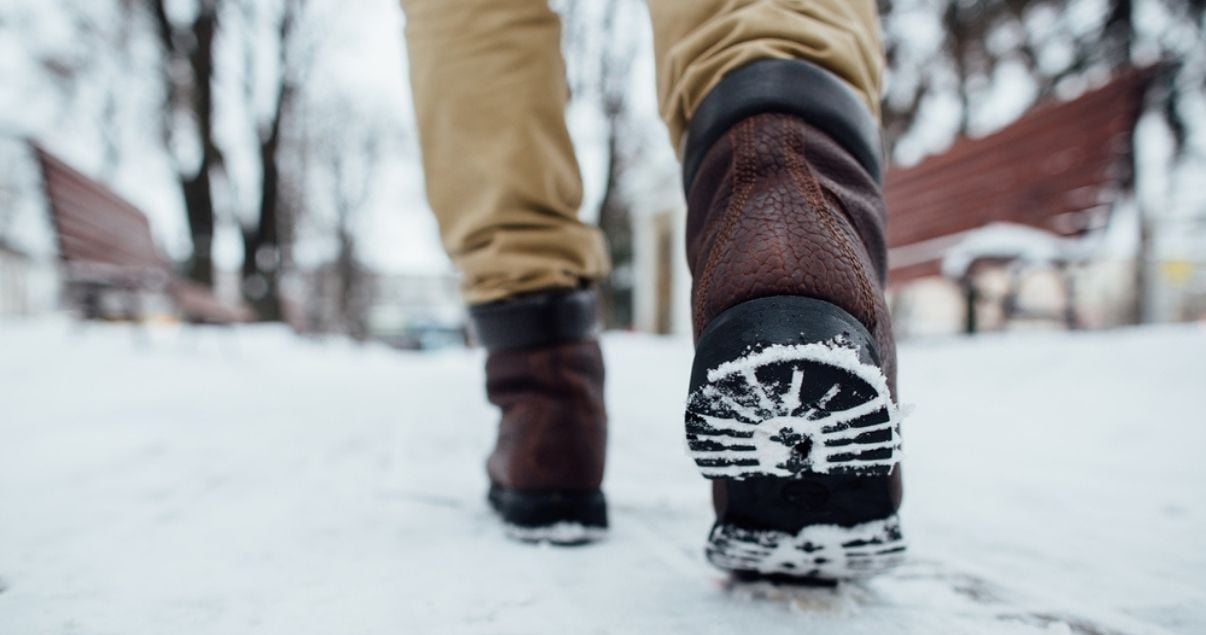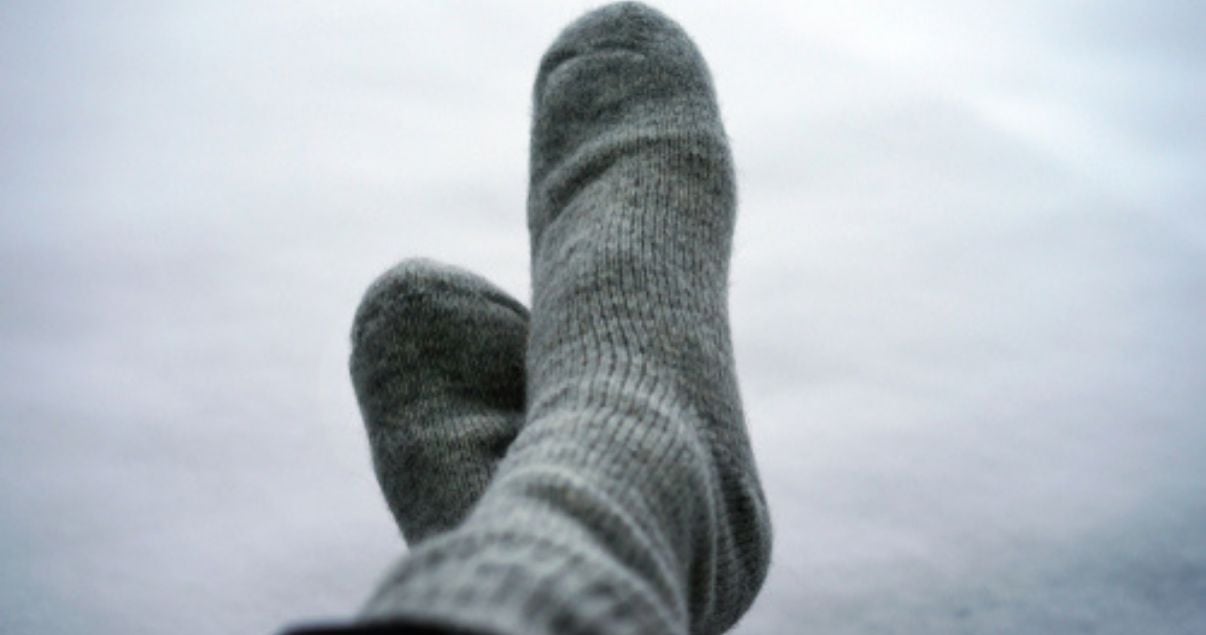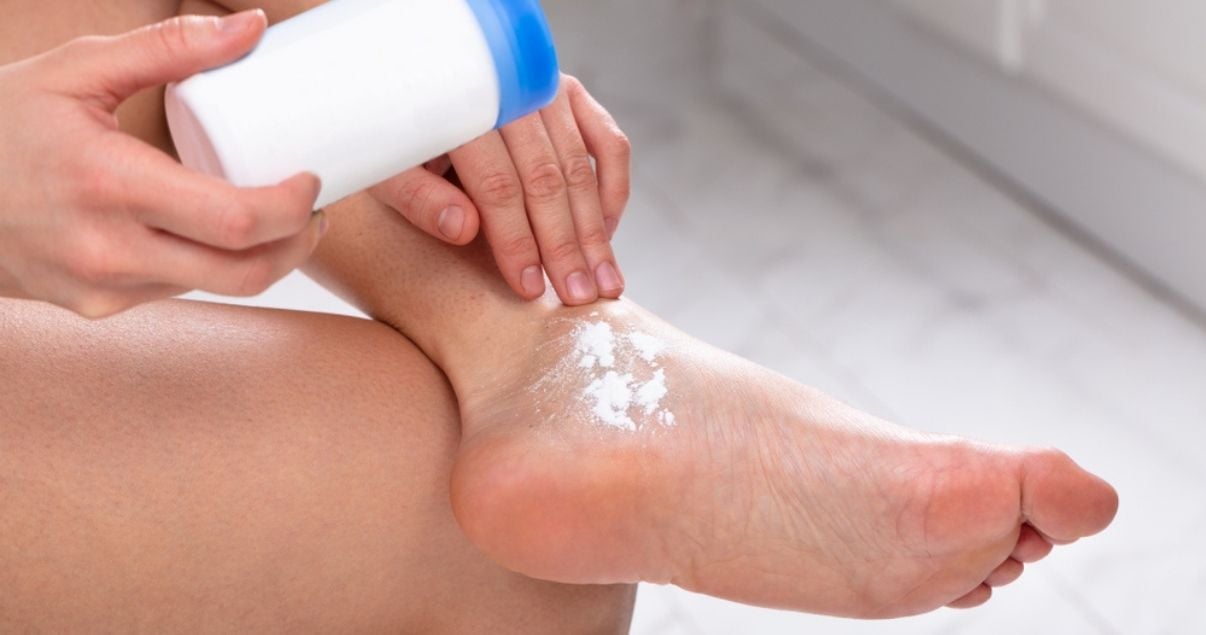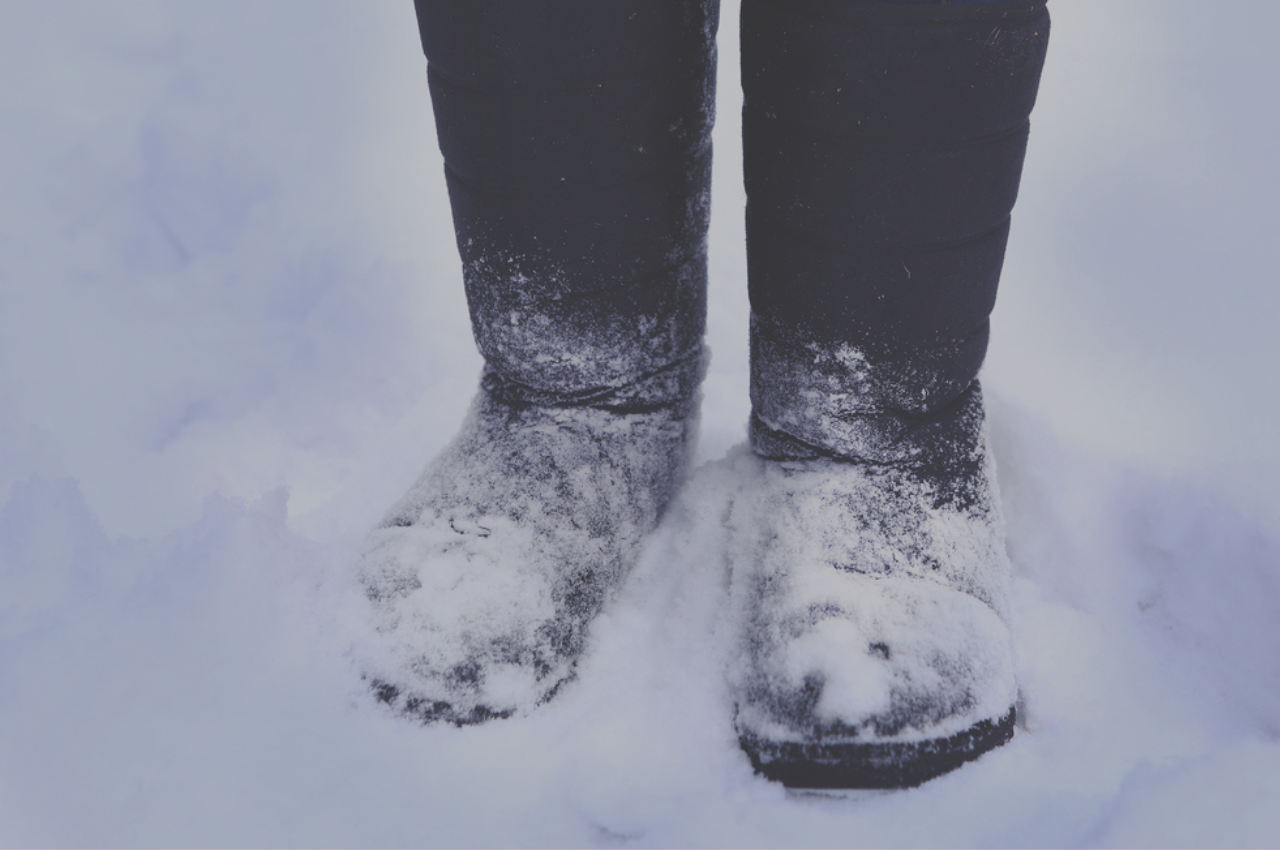If you are someone who regularly suffers from dry and irritated skin, it can be difficult to tell regular dry skin apart from ringworm at first. That said, if you know the telltale signs it is surprisingly quite easy to determine whether you have ringworm or dry skin. If you’re experiencing itchy, dry flaky skin and wonder if it could actually be a ringworm infection, read on and find out how you can tell the difference.
Winter sports and outdoor chores like shoveling snow can make the situation even worse. But when you follow the right foot care routine and incorporate a few tips and tricks, winter athlete’s foot prevention is actually quite easy. Read on to find out how to keep your feet healthy during this winter season.

Athlete’s Foot & Winter Shoes
When talking about athlete’s foot, shoes are of course one of the most important considerations when it comes to preventing the fungal foot infection.
When you make choices about which shoes to wear during the winter, you should keep in mind the following:
• Avoid shoes with thick fluffy inner synthetic layers. While those winter boots might seem like the perfect cozy pair of shoes for heading out into the cold, the synthetic fabrics reduce ventilation and make it harder for your feet to breathe, providing the optimum conditions for the athlete’s foot fungus to thrive.
• Always wear socks. Although it can be tempting to wear those fluffy shoes without socks, it will only increase the chance of your feet over sweating and producing excess moisture. Warm and humid conditions are exactly what encourages the fungus to thrive and reproduce.
• Buy larger sizes of winter shoes. It’s best to buy your shoes in a size that’s half a size or a full size larger. This way you’ll still be able to wear warm thick socks and leave enough room for your feet to breathe and for air to flow around your feet.
• Buy a second pair of boots. Since sweat can stick around in your winter boots, it’s even more important that you keep them clean and dry. Having a second pair of boots can really help with this. If you wear one pair of boots all day, you can leave them to dry the following day when you wear your second pair. Plus, alternating boots will ensure that they stay cleaner, and last longer!

Best Socks for Athlete’s Foot in the Winter
On the other hand, dry skin will not be nearly as red as ringworm. It will usually present as regular, lighter-colored dry skin patches. It is also very unlikely that these dry skin patches have the same ring-like appearance as ringworm.
The skin may be flaky, hardened or have a sheen to it. However, while it may feel itchy, it shouldn’t feel as inflamed or irritated as ringworm.
Colder weather will likely make you want to wear thicker, fluffier socks to help keep your feet nice and warm.
But it’s important to wear the right kinds of socks that prevent athlete’s foot as opposed to encouraging it. Follow our tips for choosing the best socks for athlete’s foot prevention.
• Wear socks made from natural materials like cotton. Natural fibers help wick away excess moisture to help prevent sweat from accumulating and encouraging the fungus to stick around.
• Change your socks regularly. The nature of thicker socks means that they can absorb more sweat than your everyday socks. Which is why it’s important to change your socks more regularly than usual. For example, if you head out on an early morning walk, make sure to change your socks following your exercise. You should also always change your socks when you come home from work. Wash your socks following use and don’t wear dirty socks for a second time.
Preventing Athlete’s Foot With a Foot Care Routine
Following a solid daily foot care routine will help keep your feet in top condition and prevent athlete’s foot fungal infections.
Before reading our winter specific advice, it’s a good idea to take a look at our guide to preventing athlete’s foot with our tips and tricks.

• Remove your shoes and socks when you come home. Whenever you go inside, try to get into the habit of taking off all your footwear to give your feet and shoes a chance to dry off.
• Wash your feet frequently. Make sure to wash your feet at least once a day before putting on a fresh pair of clean socks. Always use warm water that’s not too hot and mild soap. You should also wash your feet following a workout or at the end of the day.
• Apply foot powder. To take your foot care routine to the next level, apply foot powder to your feet to help keep your feet fresh and dry all day. Foot powder helps absorb excess moisture on your feet and some, like Silka Ⓡ Powder, even provide a cool, refreshing feeling to your feet. Silka Ⓡ has a variety of foot powders, ranging from daily maintenance, athlete's foot prevention, and even a Silka's Ⓡ Liquid Powder, for those that want to avoid the mess of a traditional foot powder.
• Treat your athlete’s foot infection quickly. If you suspect you have a fungal foot infection, treating athlete's foot at the first sign is important to stop it from spreading or developing into a chronic condition. For an effective athlete’s foot treatment, try Silka Ⓡ Antifungal Cream - when applied consistently and according to instructions, it can treat infections in as few as 7 days.
Take Care!




